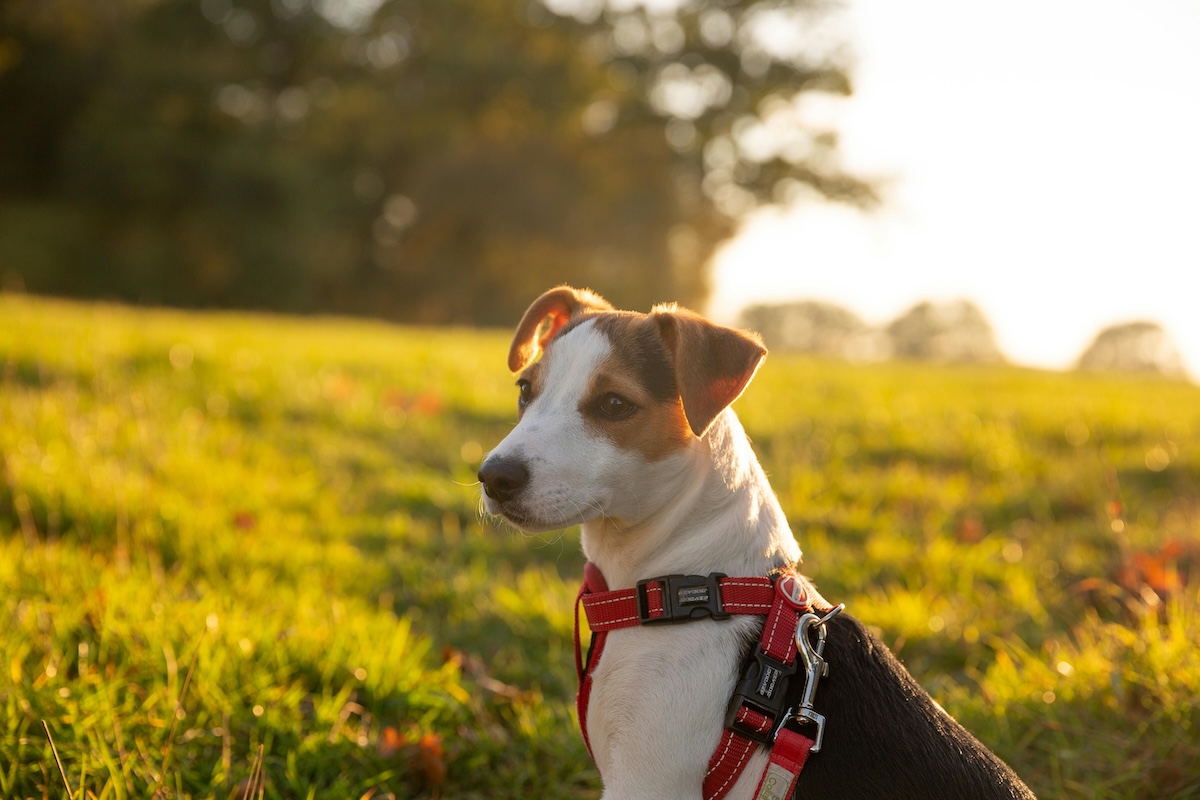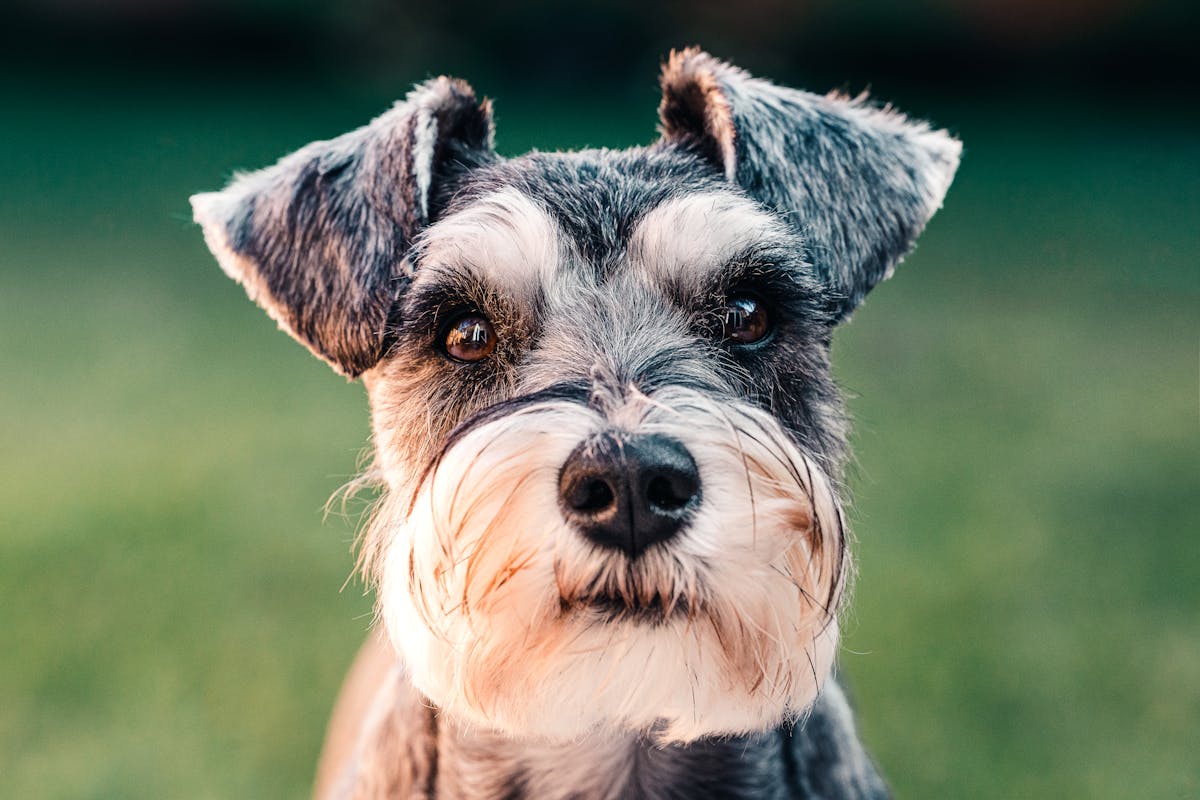
Terriers may sound like a single breed. However, the terrier is used to describe a group of dog breeds, and they come in many shapes and sizes, from the toy Yorkshire to the Airedale, the latter of which can grow to be 24 inches and more than 64 pounds. If you’re hoping for a dog on the smaller side, you have several small terrier breeds to choose from.
However, before deciding on a terrier — or any dog — you may wish to learn more about different breeds. Terriers in the grooming department are generally low-maintenance pups but are typically high-energy dogs that thrive in active environments. Athletic and agile, many terriers were bred to catch small prey and still love a good chase today. They do best in homes with fenced-in yards and with pet parents who can give them daily walks and plenty of mental stimulation — yes, even smaller terrier breeds.
Consider one of these breeds if you love a good adventure (or at least a long morning and evening stroll) and have room in your home for a terrier.
7 adorable, lovable smaller terrier breeds to consider

Active, loving, and full of personality, these smaller terrier breeds make up for what they lack in size with spunk.
American hairless terrier
Born and bred in the U.S. (Louisiana, to be precise), American hairless terriers walk with confidence — there’s no shame in their bald game. Though no dog is truly hypoallergenic, people with allergies generally find their symptoms less with breeds like the American hairless. These dogs are affectionate and playful and max out at around 16 inches.
Australian terrier
Sadly, these dogs don’t bark with Australian accents but are full of down-under charm. Believed to be a cross between cairn, Dandie Dinmont, Norwich, Scottie, Skye, and Yorkshire terriers, Aussies are known for being loving, spirited animals. They grow to be around 10 to 11 inches and up to 20 pounds.
Border terrier
At 12 to 15 inches tall and no more than 15.5 pounds heavy, the border terrier may not look like much. However, these happy-go-lucky pups are known for their even tempers at home and hard workers in the field (your pet may only need to be the former). Border terriers crave plenty of exercise and do well with small children, making them stellar first pets.
Cairn terrier
Native to the Scottish Highlands, these one-time country dogs can thrive in city settings if they get the appropriate exercise. Since cairn terriers max out at about 10 inches and 14 pounds, they’re compact enough for apartments. However, beware: Cairns have a bit of watchdog in them and are known to bark (Forgive them — they want to save you from the leaves rustling outside).
Miniature schnauzers
These friendly schnauzers stay on the small side, weighing 11 to 20 pounds as adults. Mini schnauzers are some of the friendliest dogs you’ll meet, getting along well with small children and other dogs, though they can be a bit wary of strangers. Also? These intelligent pups are eager to please, making the mini schnauzer one of the easier breeds to train.
Russell terriers
These sporty pups look like stuffed animals from afar, but get close enough, and you’ll likely see that Russell terriers are a high-energy breed. Though adults stand short yet tall at 10 to 12 inches, the Russell terrier’s little legs crave plenty of physical stimulation. Daily walks are great, but you’ll get bonus points for agility and rousing games of fetch.
Yorkshire terrier
Yorkies are a toy breed and some of the smallest dogs on the planet. However, their larger-than-life character has long made them one of the most popular terriers. A Yorkie is loving and feisty — an adorable enigma with long, silky fur and pointy ears that stand tall when alert (and Yorkies often are). The Yorkshire terrier is known for being lovey-dovey with family, including small children, so they’re a lovely family pet.
Closing thoughts

Terriers come in many sizes — some can grow up to 64 pounds, while others, like the Yorkie, top out at 6 pounds. If you have your heart set on a smaller terrier breed, you’re in luck — you have many to choose from. In addition to the Yorkie, Australian, Russell, cairn, and American hairless terriers are among the smaller terrier breeds.
Notably, just because these dogs are small doesn’t mean they don’t require work or energy. Terriers are high-energy dogs, regardless of size, and they do best in active homes that can give them daily walks. Also, all dogs are different, even within the same breed. While breed traits can give you an idea of what to expect, your best bet is to meet the dog you’re considering in person to ensure you’re a perfect match.



